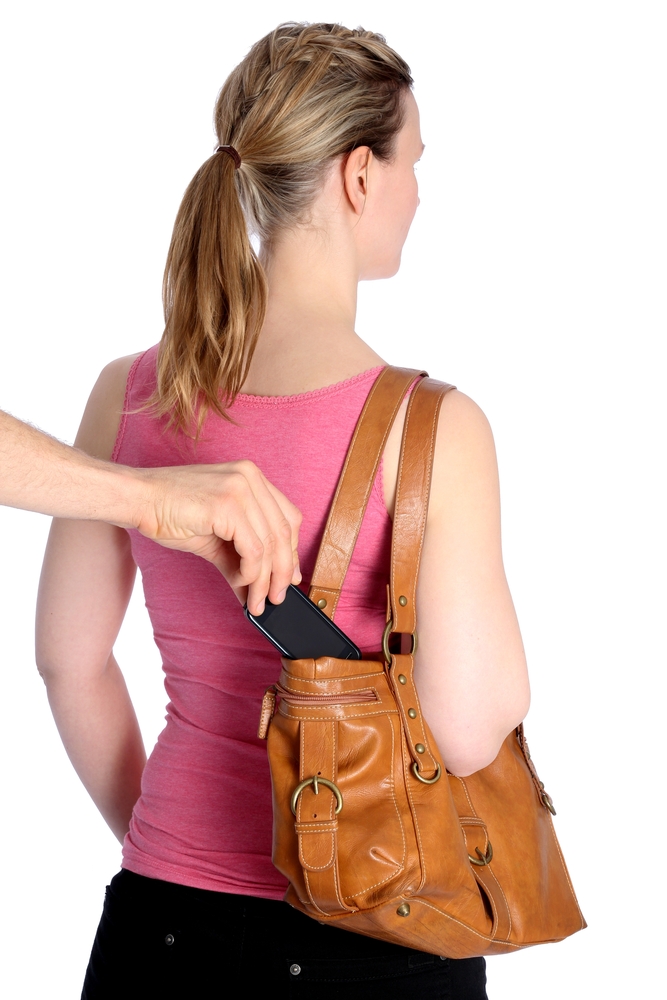Four simple steps for securing your smartphone or tablet

A friend of mine bought a new iPhone 5s recently, used it for just over a week, and then 'lost it'. It might have been stolen or simply misplaced, she has no idea. All she knows for certain is she no longer has it in her possession. That’s bad enough, but she spent much of the first week copying over photos and other personal data to it from her old phone, but didn’t devote any time -- at all -- to protecting the device.
So in other words, if someone else has her iPhone now -- which it’s pretty safe to assume is the case -- they also have access to everything on it, which could be potentially catastrophic for her. The thing is, it’s so easy to protect a smartphone these days it amazes me so many people don’t bother to take the following simple steps:
Set a PIN
Comparison site Tiger Mobiles quizzed almost 5,500 British smartphone users last month, and discovered 65 percent of them hadn’t bothered to take the simplest step of protecting their phone with a PIN or fingerprint. 55 percent of those said it was too much hassle to unlock the device every time they wanted to use it, 20 percent were worried they’d forget the PIN, and 15 percent didn’t even know you could lock a phone in this way. Setting up this basic level of security is essential, takes seconds, and will deter casual snoopers. A quick tip for iPhone users -- you don’t need to just stick with the default four digit PIN code. Turn Simple Passcode off in Passcode Lock settings and you can secure your device with a much longer passcode or password.
Enable Remote Tracking
iOS, Android, and Windows Phone all give users the built-in ability to locate, lock or erase a missing device in the event of it getting stolen. There are also alternative third party apps available which offer similar, or more advanced, functionality. Yes, it takes a few minutes to set up, but at least if your phone does go missing you can take action. According to Tiger Mobiles, only 7 percent of respondents bothered with this step.
Encrypt your phone
Securing your device with a PIN is like adding a lock to the front door. Encrypting your data provides a second layer of security should a thief manage to break in. On an iPhone, when you set a PIN or password your data gets automatically encrypted. On Android, you’ll need to go to Settings > Security and encrypt the device there. This is the step most people skip. Tiger Mobiles found just 2 percent of users bothered to encrypt their phone.
Back it up
Make sure everything of importance on your phone is backed up. There are apps for Google Drive, Dropbox and OneDrive you can use (to name just three choices) and you should turn on auto backup of photos so every snap you -- or a thief for that matter -- takes will be backed up online whenever your device connects to a wireless network.
Photo Credit: RioPatuca/Shutterstock